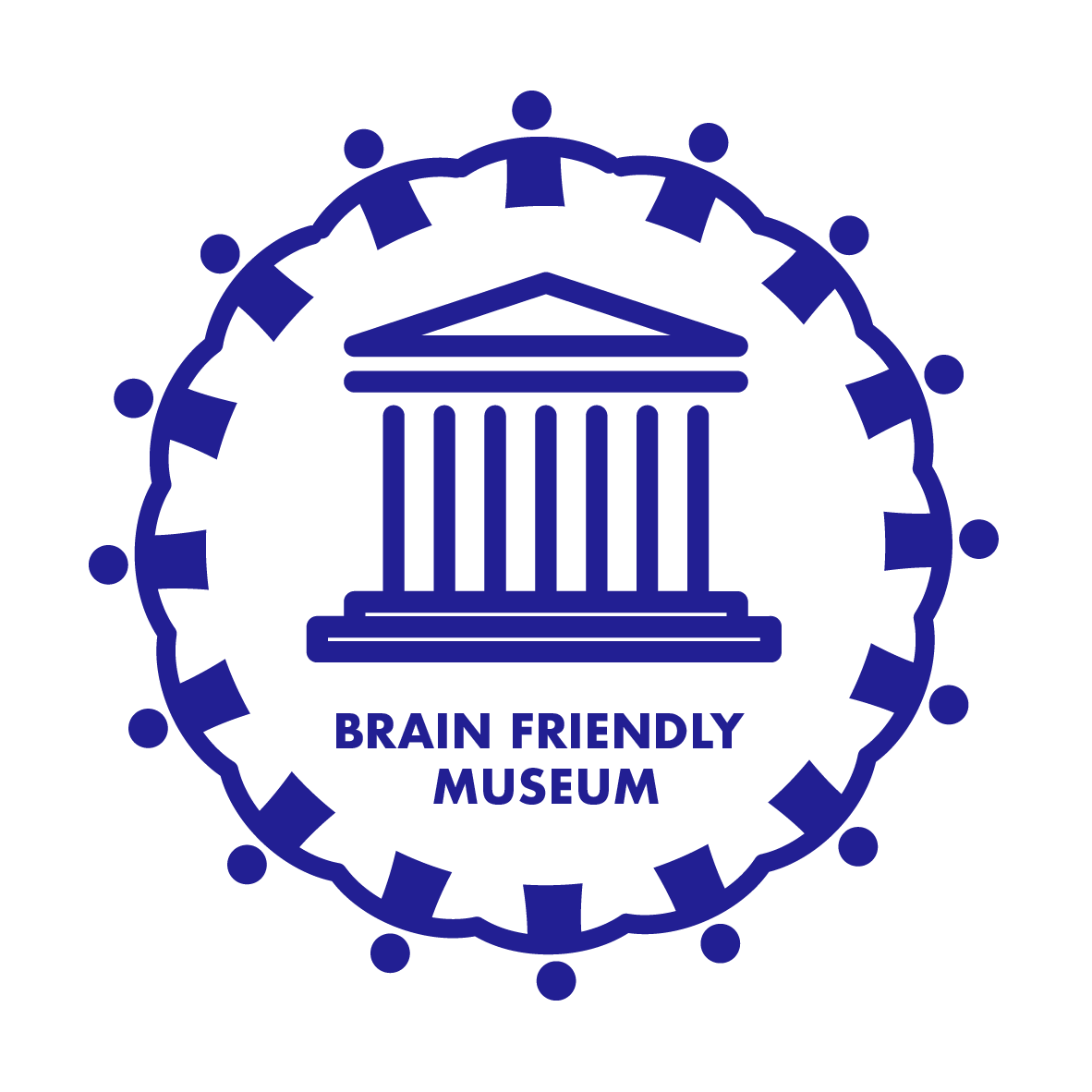THE BRAIN-FRIENDLY MUSEUM:
USING PSYCHOLOGY AND NEUROSCIENCE TO IMPROVE THE VISITOR EXPERIENCE
Annalisa Banzi
(Routledge – 2023)
WHY READ IT
One of the first books to explore the key cognitive processes and emotions that can be applied in the museum context to design meaningful and enjoyable experiences. The BFM philosophy suggests that museums can contribute to societal wellbeing, making this book valuable not only for museum professionals but also for educators, researchers, and policymakers looking to harness museums’ potential in new ways.
TOPIC
The BFM approach is extensively presented in the book The Brain-Friendly Museum: Using Psychology and Neuroscience to Improve the Visitor Experience, edited by Annalisa Banzi. It emphasises the importance of museum practitioners becoming more curious and skilled in psychology and neuroscience in order to design meaningful museum experiences.
The book introduces the essential role of emotions as the primary connection to our cultural heritage by examining how different aspects of a museum experience—such as displays or activities—can influence visitors by connecting them to underlying cognitive processes. The core cognitive processes deeply investigated within the museum environment are: perception, attention, memory, language, problem-solving, decision-making, reasoning, and learning.
For example, perception in museums, such as the use of colors and depth, explores how visitors perceive and recognize faces or objects, and how they process or react to visual elements like imagery and movement. Attention and memory are thoroughly examined through psychological and neurological theories, with pilot studies in educational tours illustrating the impact of priming techniques on remembering keywords. Language theories, such as listening, reading, speaking, and writing, are also introduced, emphasising the importance of using accessible language to design a lasting and fruitful experience. Other cognitive processes, such as problem-solving, decision-making, and reasoning—key to the cognitive growth of visitors—are explored within the museum environment, alongside creative thinking applied to educational activities.
Through these insights, the book provides valuable, research-grounded examples from psychology and neuroscience to enhance visitors’ cognitive and emotional experiences.
The final part of the book focuses on evidence-based examples of wellbeing initiatives in which museums are involved, as well as academic projects and pilot studies designed by researchers and museum practitioners.
GLOSSARY
Neuroscience is the study of the nervous system, which includes the brain, spinal cord, and networks of sensory and motor nerve cells spread throughout the body. Its purpose is to investigate how the nervous system operates to generate and control emotions, thoughts, behaviours, and essential bodily functions such as respiration and maintaining a heartbeat.
Psychology is the study of the mind and behaviour.
Cognitive process refers to any mental processes believed to play a role in acquiring, storing, interpreting, manipulating, transforming, and utilizing knowledge.
Emotion is an affective state of short duration which is usually provoked by a specific event. Mood differs from emotion because it is generally longer lasting, less intense, and the cause is often unclear. Affect includes both emotions and moods.
LINKS
https://psycnet.apa.org/record/2023-12039-002
https://psycnet.apa.org/record/2023-12039-004
https://psycnet.apa.org/record/2023-12039-003
https://psycnet.apa.org/record/2023-12039-005
https://www.convergenceinitiative.org/parallel-worlds-en
AUTHORS
Annalisa Banzi, is an art historian and researcher at CESPEB-Bicocca University (Milan, Italy) with a Ph.D. in psychology applied to museum studies. She has an interdisciplinary specialisation in museum studies, psychology, and neuroscience which aims to improve the dissemination of museum contents and to develop visitors’ mental wellbeing and satisfaction.
